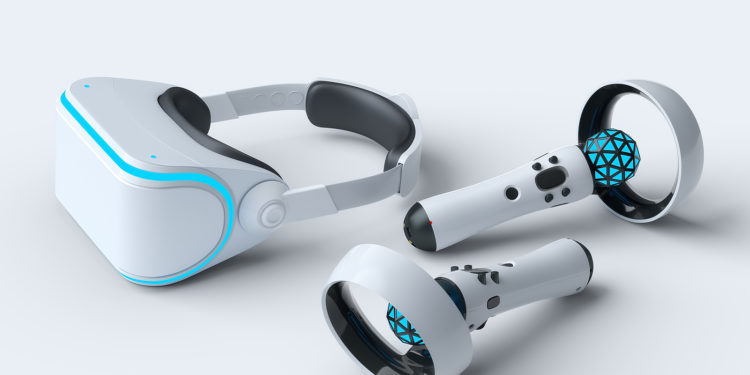Apple's first augmented and virtual reality headset will have advanced features. However, it cannot work independently and will depend on an iPhone, similar to the non-cellular Apple Watch models.
The Cupertino tech giant completed work on the Apple AR chips in 2020. Loud The Information says the physical designs for the three AR/VR chips have been completed. The new processors are therefore ready for test production. Sources familiar with the development of the device say Apple's supply chain partner Taiwan Semiconductor Manufacturing Co. will manufacture the chips, but mass production is still at least a year away. The Information has also learned more details about the Apple AR SoC. For example, it lacks the neural engine and machine learning capabilities of Apple's other chips. The lack of advanced machine learning features is due to the fact that the headset is designed to communicate wirelessly with a host device, presumably an iPhone or a computer.
AR/VR headset: Apple's chip works better than third-party solutions
The host device handles the computational tasks required to display virtual, augmented, or mixed reality images. Apple has designed the AR chips to perform significantly better than third-party chips. For example, the processor has better wireless data transfer, compression and decompression, and greater power efficiency. All of these features are key to the headset's ultra-high-definition video processing, which could allow the device to "recreate the resolution and detail of what users see in real life while displaying digital images and information in front of the user's eyes." However, the SoC also has its own central processing unit, suggesting it could operate in a less advanced standalone mode. The chip's design is based on TSMC's 5nm manufacturing process, suggesting it won't be a cutting-edge piece of silicon when it launches.
Market launch could take place in 2022
However, according to The Information's sources, the headset's chip doesn't need to be as compact or as powerful as that of an iPhone. In addition to the SoC and the other two chips, Apple has also reportedly completed development of the image sensor and display driver for the headset. However, TSMC has encountered bottlenecks in manufacturing the chip. Apple is widely believed to be working on several devices that include glasses in addition to headsets. The device mentioned in the current report appears to be the mixed reality headset, which The Information says will feature ultra-high-resolution displays and advanced eye-tracking technology. This device could be released in 2022 while the lighter and slimmer Apple Glasses are expected to debut a year later. (Photo by Cheers Group / Bigstockphoto)





